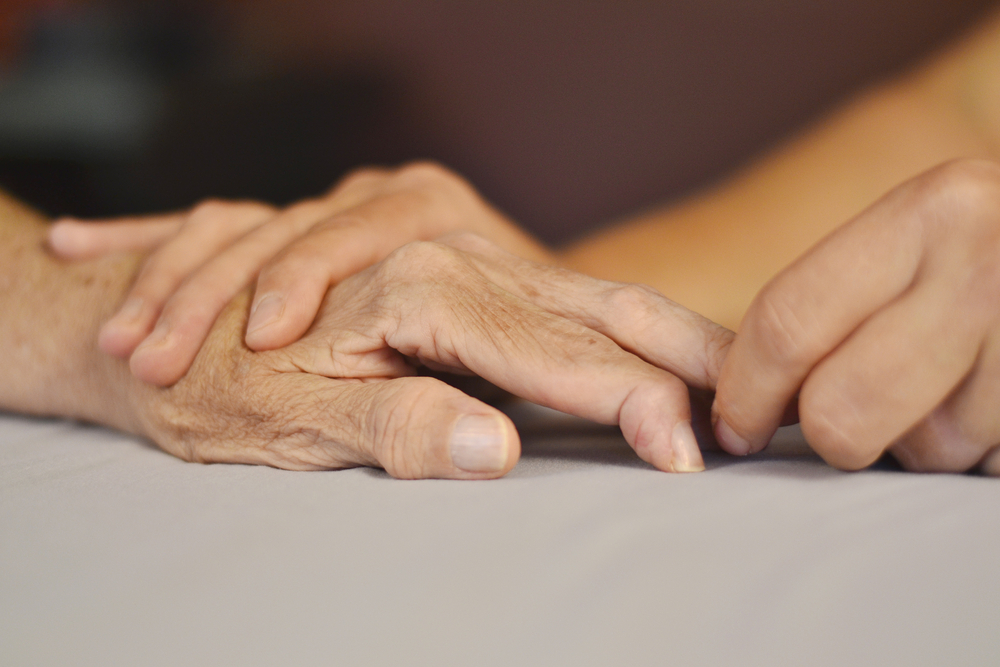An overview of arthritis for aged care workers
Arthritis isn’t just a condition affecting older individuals, however it is more likely to affect older Australians, in particular those who are female. This overview of arthritis for aged care workers can help you know what to expect and how to help.
According to the Australian Bureau of Statistics, arthritis affects less than 1% of people aged under 25 years of age, but just over 52% of people aged 75 years and above. Women have a higher prevalence — when comparing ages 75 years and over, 59.9% of women had arthritis compared with 42.3% of men.
As an aged care worker, chances are you will care for someone living with arthritis, and having a firm understanding of this condition that affects the joints can enable you to provide the best care possible.
What is arthritis?
Arthritis is a broad term referring to over 100 musculoskeletal medical conditions.
Arthritis Australia notes the most common forms of arthritis as:
- Osteoarthritis
- Rheumatoid arthritis
- Gout
- Ankylosing spondylitis
- Juvenile arthritis
- Systemic lupus erythematosus (lupus)
- Scleroderma
Let’s look more closely at a couple of these.
Osteoarthritis: A degenerative joint disease, osteoarthritis occurs through wear and tear as well as age. Osteoarthritis causes a break down of the joint cartilage and bone. The hips, hands and knees are often affected, becoming painful, swollen, red and stiff with restricted movement.
Rheumatoid arthritis: Rheumatoid arthritis most commonly affects the feet and hands, though it can affect other parts of the body. It causes pain and inflammation of the joints, restricting movement. As an autoimmune condition, rheumatoid arthritis occurs when a patient’s immune system targets its own body in error.
Dealing with arthritis in aged care
To deliver the highest standard of care to older individuals in your care who are living with arthritis, you need to understand how the condition is impacting their lives.

There are important things to gain an understanding of:
- Find out how much pain they are in and which areas of their bodies are affected.
- How is your client’s arthritis being treated?
- What tasks does your client require help with as a result of their arthritis?
- Living with the pain and mobility restrictions of arthritis can impact mental health — is this an area of concern with your client?
With the right support, treatments and assistance, those suffering from arthritis can have some relief. There are many resources for carers of individuals with arthritis. You can find them here.
Sources:
http://www.abs.gov.au/ausstats/abs@.nsf/Lookup/4364.0.55.001chapter3102011-12
http://www.arthritisaustralia.com.au/index.php/arthritis-information.html
